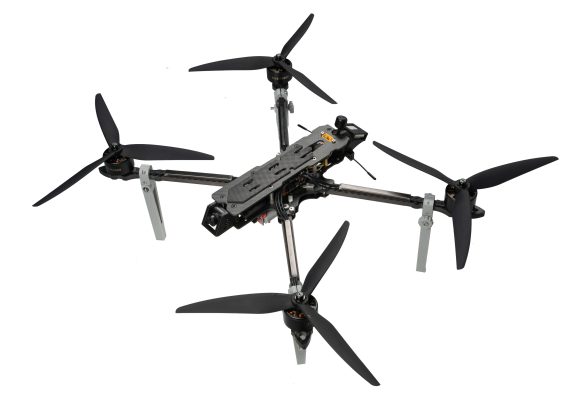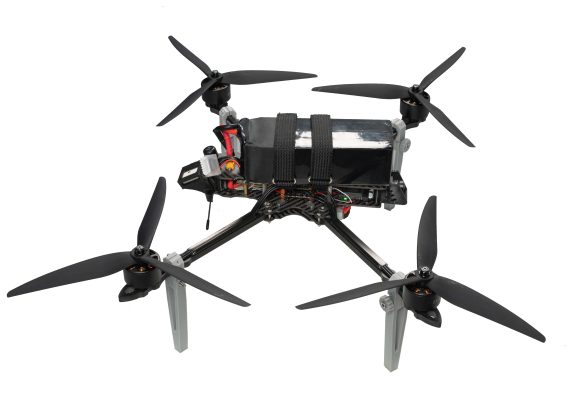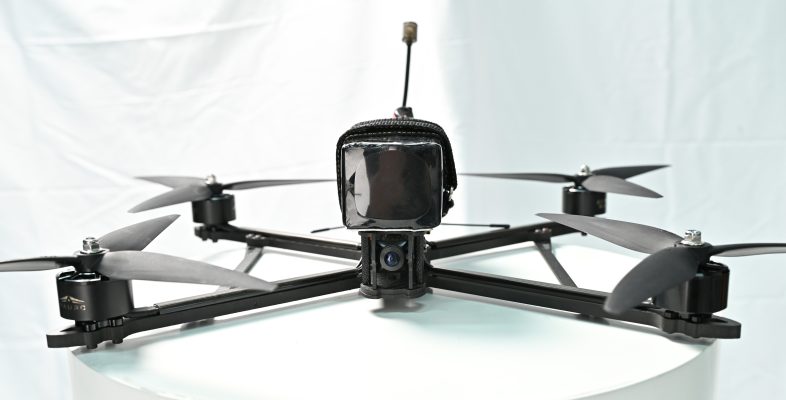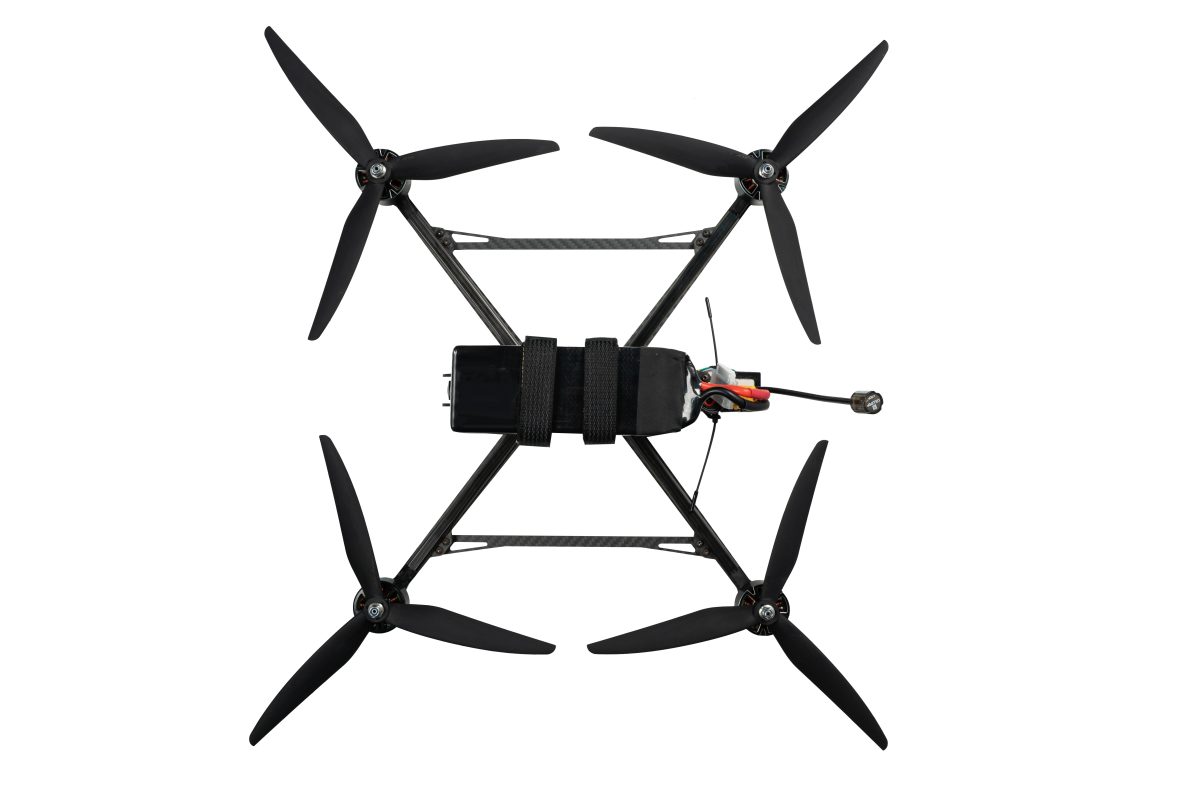Blog
PV Night Flying Guide: Safety Settings & Cinematic Tips
Introduction
Night flying with FPV drones opens up a world of unique visuals and thrilling experiences. From glowing cityscapes to light trails in the sky, flying at night can be both rewarding and risky. Whether you’re looking to film cinematic night scenes or just enjoy some quiet night-time freestyle, preparation is everything.
In this guide, we’ll cover essential safety checks, gear setup, lighting options, and flying tips to help you fly confidently in the dark.

1. Why Fly at Night?
-
Less wind, fewer people, and quieter skies
-
Stunning visual effects: light trails, neon reflections, long exposures
-
Ideal for cinematic filming, light-painting shots, or exploring lit-up buildings
But night flying also means: limited visibility, orientation difficulty, and increased risk. That’s why smart planning is critical.
2. Pre-Flight Safety Checks
Before flying at night, always confirm:
✅ Battery is fully charged and high-quality
✅ GPS (if equipped) locks before dark takeoff
✅ All antennas, VTX, and camera cables are secure
✅ Failsafe is properly set (return to home or disarm)
✅ Local airspace allows night flying (check legal regulations)
Also bring a flashlight or headlamp, and fly with a spotter if possible.
3. Drone Setup for Night Flying
? Recommended hardware:
-
Low-light FPV camera (e.g., Foxeer Cat, RunCam Night Eagle)
-
Strong VTX (800mW+) for clean signal in dark areas
-
LED strips or navigation lights on arms or frame
-
ND filter OFF – you need all the light you can get
-
Wide dynamic range settings in camera or Betaflight OSD
Optional: Add beeper or buzzer in case of crash recovery in dark terrain.
4. Flying Techniques at Night
-
Fly slow and controlled – less visibility means tighter reaction time
-
Stay within line of sight and visual range of LED lights
-
Don’t fly behind hills, trees, or tall buildings — easy to lose signal
-
Practice smooth turns and orbit shots for cinematic effect
-
Record in 4K 30fps + high ISO and use post-processing to clean up noise
Bonus tip: Practice your flight route in daylight first, then repeat at night.

5. Editing & Lighting Effects
Night footage needs editing love. Use:
-
DaVinci Resolve / Premiere Pro: Reduce noise, increase contrast
-
Add LUTs for color grading
-
Use long exposure effects to highlight motion trails
-
Combine FPV clips with ground shots for storytelling
Conclusion
Flying FPV at night is a next-level experience — beautiful, risky, and rewarding. With the right setup and mindset, you can capture breathtaking footage while keeping safety your top priority. Respect the rules, light up your quad, and let the night sky be your playground.



